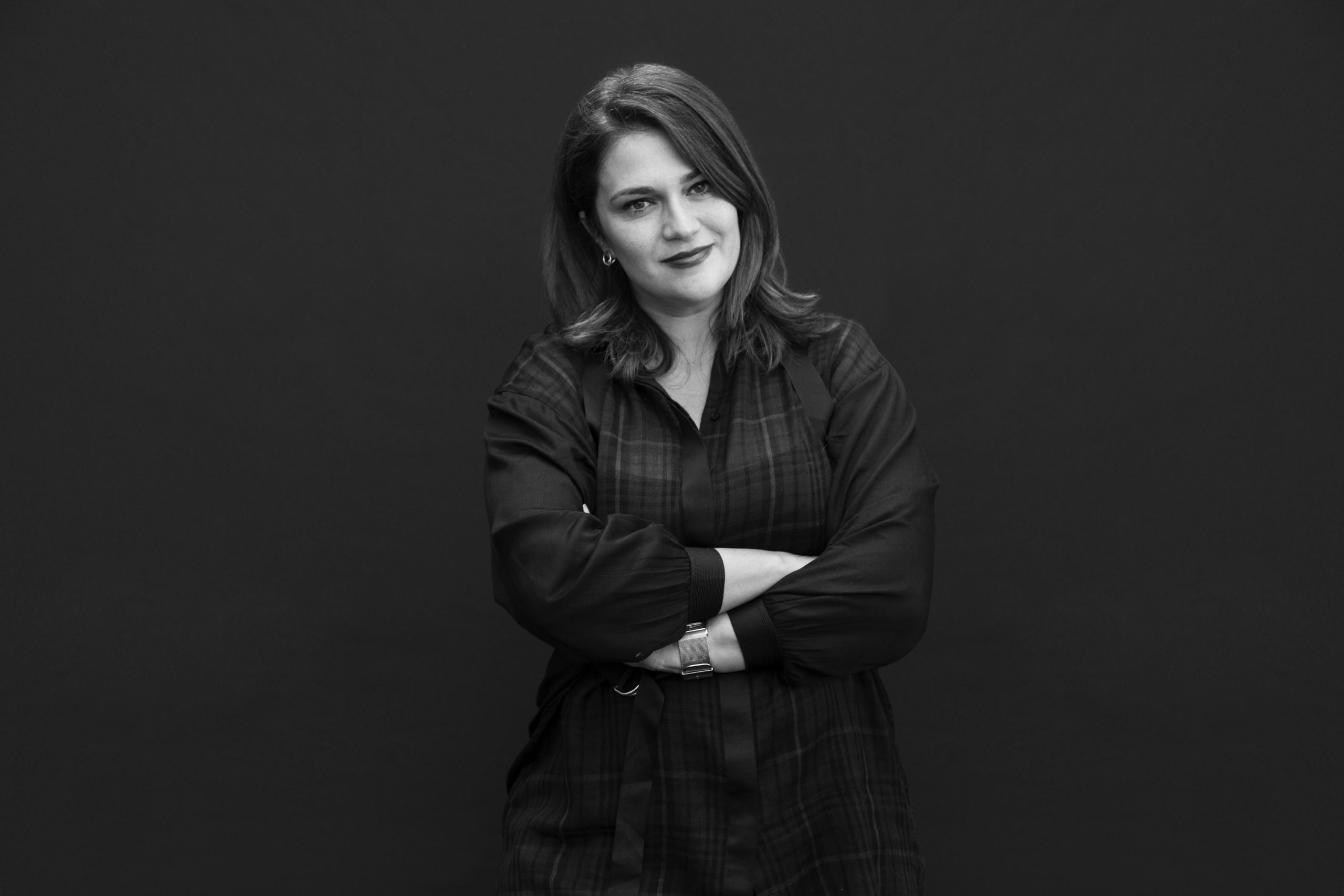WE RESTORE AND BUILD RELATIONS
People who do not know us might think that we are some kind of developer that restores historical buildings in areas hit by war and natural disaster. We would say that we are experts in human rights, reconciliation and poverty reduction. We restore cultural heritage, but help to build futures.
As we see it, there is a clear link between restoring a building and building up human relations, trust, economies, societies – and indeed nations. A building is more than just bricks and mortar. It is also a link to the past and part of people’s history, security and identity.
A link to the past and a door into the future – knowing where you come from makes it easier to decide which path to take next. A building is more than just bricks and mortar and reinstating a building is more than just a restoration project. The result is more than a new facade. The building can end up on the World Heritage list and attract tourists. That is one result. Another is the relations that are built up during the work. The emergence of a “we” in the discussion over who makes the decisions about a particular place and how that place should be used.
Every restoration project is a potential democratisation process that offers countless opportunities to bridge conflicts, promote trust between former enemies and work on social and economic development. In concrete, if somewhat simplified, terms: a builder has to be sourced for a restoration. If this is done in open competition, it automatically provides a chance to discuss issues of corruption and how corruption can be combated.
Setting up a workforce of men and women from different ethnic or religious backgrounds means that people who would never otherwise have interacted have a chance to meet. They gain an opportunity to get to know each other, trust each other and build something together.
Using local craftsmen provides an opportunity to use and develop traditional working methods that are often good for the environment and create jobs. Once the restoration is complete, the building needs to be protected by laws that also need to be harmonised with legislation in other countries.
This in turn creates a need for a functioning administration. At a local level, the restoration has to be incorporated into a development plan, which prompts an open discussion on local development as a whole – a discussion that can strengthen trust between people and confidence in institutions.
Our job is to get these processes started. Our goal is for our partners to finish them. Which takes time: demolishing history is quick, but building trust, democracy and a future is often a laborious process. But it can be done – over fifteen years, we have done it over and over again.































